
As with any prescription, you should, first and foremost, follow your healthcare provider's instructions. Instructions may vary depending upon the product prescribed and your individual situation. Generally, though, it’s recommended that prescription antiperspirants containing aluminum chloride remain on the skin for 6 to 8 hours and be applied before bedtime, when sweating is at its most minimal. Be sure your skin is dry and completely sweat-free before you apply the product - use a cool blow drier or towel, if necessary. Washing your skin before application is not necessary and may actually lead to greater irritation. If you shave your underarms, wait 24 to 48 hours after shaving before applying the prescription antiperspirant. If your skin gets irritated, treat it with a topical hydrocortisone cream and be sure to discuss it with your provider. If your skin does not get irritated, use the antiperspirant every night until sweating is reduced. Once you’ve noticed that the antiperspirant has taken effect, you may cut back on how often you use it.
You may have heard of people trying an "occlusion" technique to make their antiperspirants more effective. Occlusion is when you wrap the body area to which you've applied an antiperspirant in Saran or plastic wrap for an extended period of time, such as overnight. Please be advised that there is no evidence that occlusion improves antiperspirants' benefit. On the contrary, occlusion often causes severe skin irritation. If you are considering occlusion, talk to your clinician first.
It's also possible for post-inflammatory hyperpigmentation (PIH) or postinflammatory pigment alteration (skin turning lighter or darker) to occur if skin becomes irritated by antiperspirants. In general, PIH or other skin tone changes are more likely to occur in skin of color. PIH happens when skin makes extra melanin after it has been irritated or injured. Melanin is a natural pigment responsible for color in our hair, skin, and eyes. Skin cells can react to irritation by making extra melanin, which leads to post-inflammatory hyperpigmentation. This skin condition shows up as tan, brown, dark brown, or even blue-gray patches or spots on the skin. Areas of hyperpigmentation can fade on their own without treatment (over 6-12 months) but a dermatologist can also help speed up the process with treatments like skin lighteners, retinoids, or chemical peels. If you are concerned about the risk of skin color alterations with antiperspirant use, discuss this with your healthcare provider in advance.
If you can’t get relief using antiperspirants, or if skin irritation is severe, talk to a dermatologist about other excessive sweating treatment options including: Botox injections for hands, feet, underarms, face/scalp, and other body areas, Brella*, miraDry, Qbrexza or Sofdra for sweaty underarms, or iontophoresis for hands and feet.
*Please note that as of June 2025, Candesant Biomedical, the company behind Brella, is in the process of being sold. As a result, access to Brella is currently limited and may only be available through clinics that already have it in their inventory.
Latest Blogs